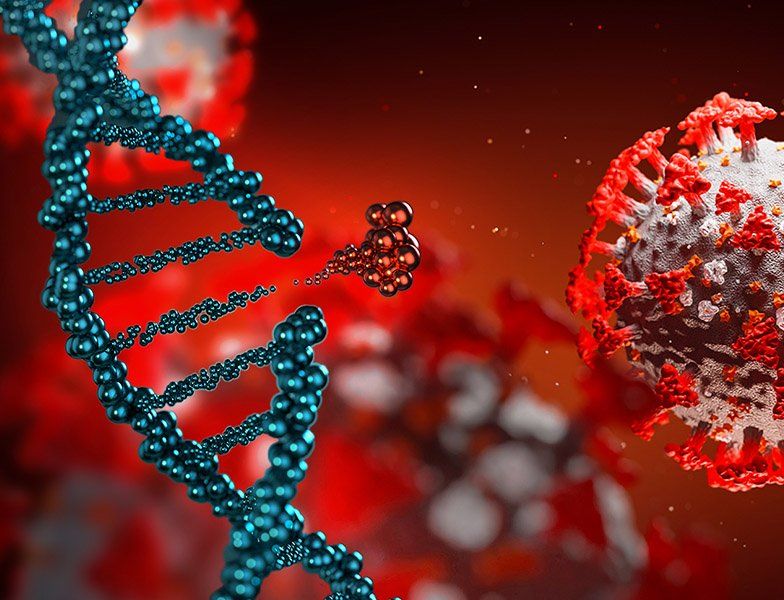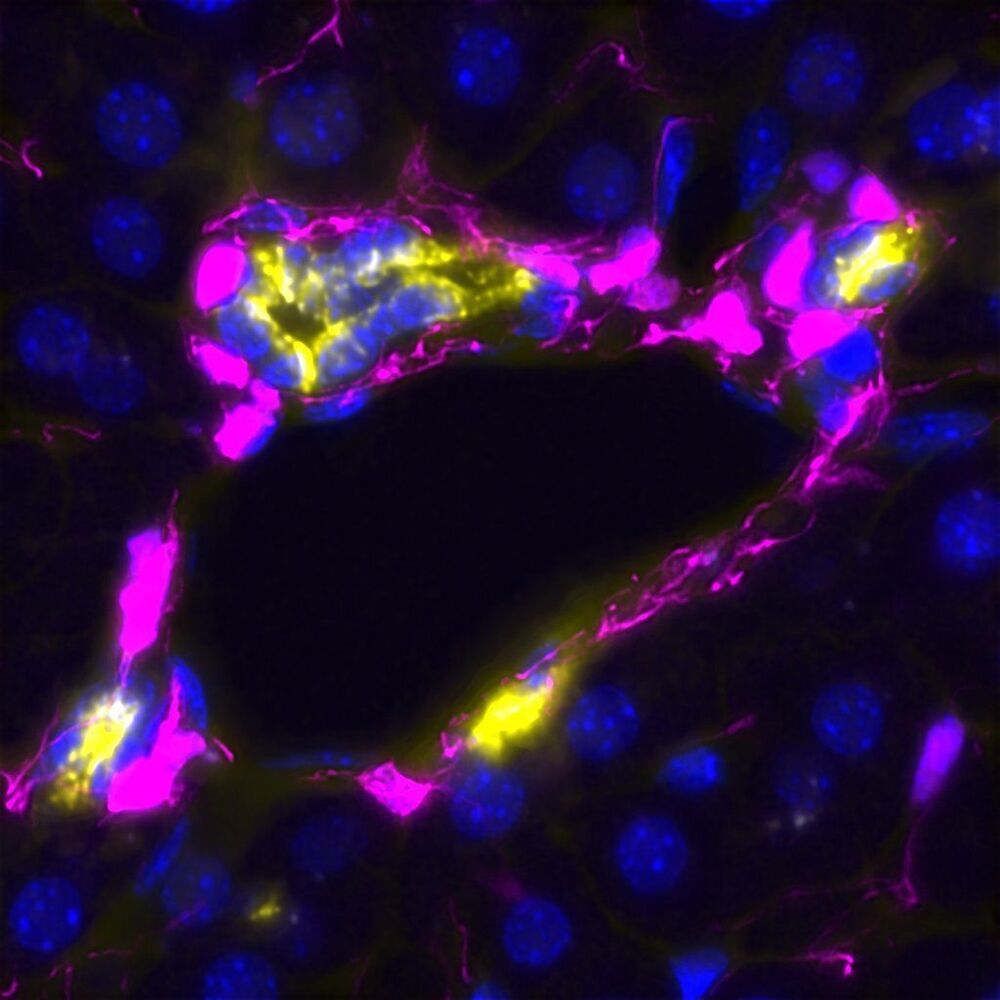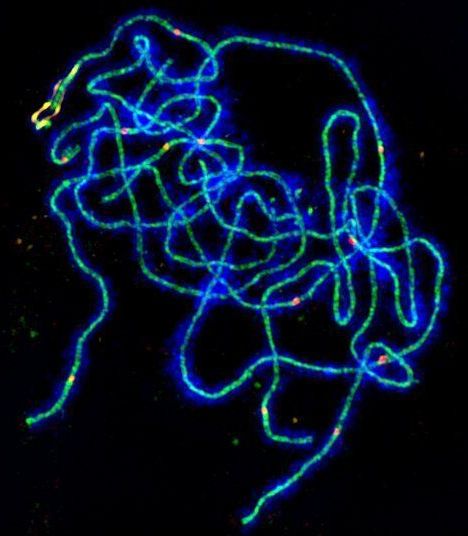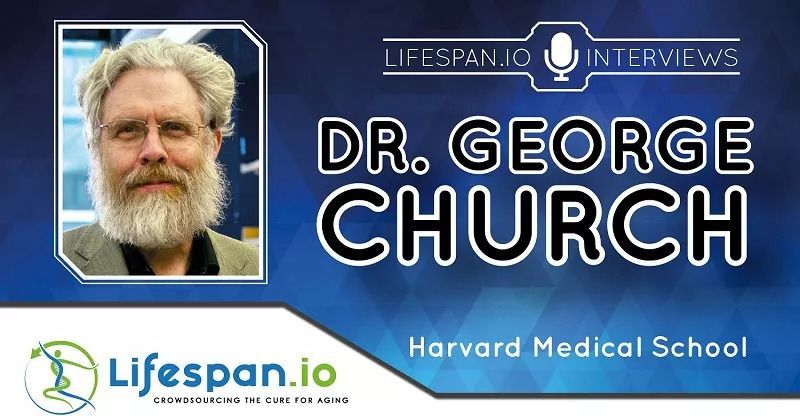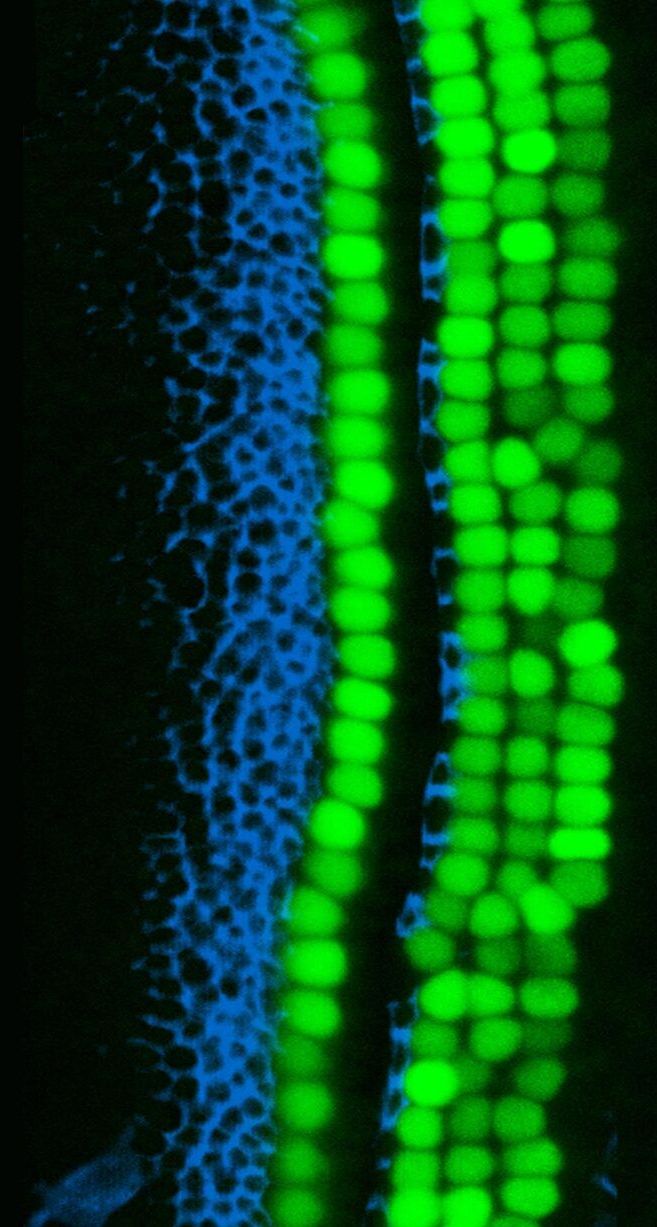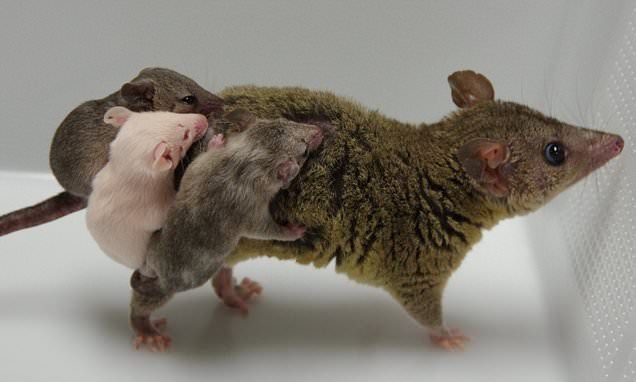Aug 3, 2021
RNA CRISPR gene editing boosts gene knockdown in human cells
Posted by Kelvin Dafiaghor in categories: bioengineering, biological, biotech/medical, chemistry, genetics
Modified RNA CRISPR boosts gene knockdown in human cells.
In the latest of ongoing efforts to expand technologies for modifying genes and their expression, researchers in the lab of Neville Sanjana, PhD, at the New York Genome Center (NYGC) and New York University (NYU) have developed chemically modified guide RNAs for a CRISPR system that targets RNA instead of DNA. These chemically-modified guide RNAs significantly enhance the ability to target – trace, edit, and/or knockdown – RNA in human cells.
Longevity. Technology: In the study published in Cell Chemical Biology, the research team explores a range of different RNA modifications and details how the modified guides increase efficiencies of CRISPR activity from 2-to 5-fold over unmodified guides. They also show that the optimised chemical modifications extend CRISPR targeting activity from 48 hours to four days.
Continue reading “RNA CRISPR gene editing boosts gene knockdown in human cells” »
